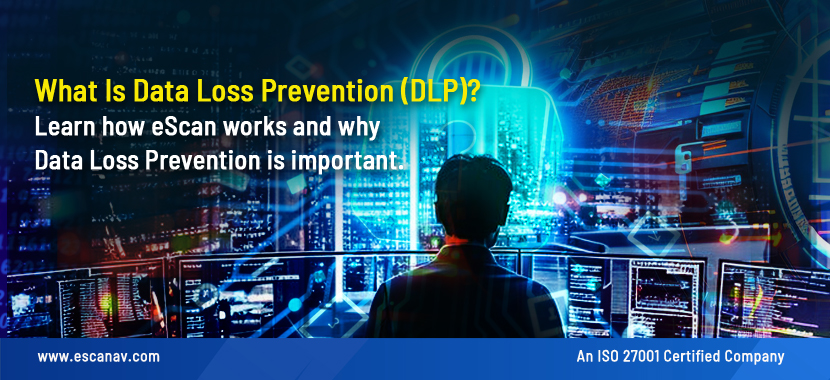In today’s digital landscape, protecting sensitive information is more critical than ever. Businesses and organizations handle vast amounts of data, including personal information, financial records, intellectual property, and confidential communications. Any unauthorized access, accidental leakage, or malicious theft of this data can lead to financial losses, reputational damage, and regulatory penalties. This is where Data Loss Prevention (DLP) solutions come into play.
Understanding Data Loss Prevention (DLP)
Data Loss Prevention (DLP) is a set of tools and policies designed to prevent sensitive data from being lost, misused, or accessed by unauthorized individuals. DLP solutions monitor and control data transfers across networks, devices, and applications to ensure compliance with security policies and regulatory requirements.
DLP solutions provide:
- Data Classification: Identifying and categorizing sensitive data based on predefined rules.
- Policy Enforcement: Preventing unauthorized sharing or transmission of critical data.
- Real-Time Monitoring: Detecting and responding to data breaches before they cause harm.
- Encryption & Access Controls: Ensuring data remains secure even if accessed improperly.
Why Is Data Loss Prevention Important?
With the rise of cyber threats, insider risks, and regulatory compliance requirements, organizations must adopt robust DLP strategies. Key reasons why DLP is essential include:
- Preventing Data Breaches – Cybercriminals are constantly looking for ways to exploit vulnerabilities and steal sensitive information. DLP helps safeguard data from falling into the wrong hands.
- Ensuring Regulatory Compliance – Many industries, including healthcare, finance, and government sectors, must adhere to strict data protection laws like GDPR, HIPAA, and PCI DSS. DLP ensures compliance by enforcing security protocols.
- Protecting Intellectual Property – Companies must prevent proprietary designs, trade secrets, and other intellectual assets from being leaked or stolen.
- Reducing Insider Threats – Employees, whether intentionally or unintentionally, can be a major risk to data security. DLP prevents unauthorized access and sharing of sensitive data.
- Enhancing Business Continuity – Data loss can disrupt business operations and lead to financial and reputational losses. A strong DLP strategy ensures continuity and resilience.
How eScan Helps with Data Loss Prevention
eScan offers an advanced Enterprise Data Loss Prevention (DLP) solution to help organizations secure their sensitive data. Here’s how eScan works:
eScan DLP identifies and classifies sensitive data across endpoints, applications, and networks, ensuring that critical information remains protected.
- Real-Time Monitoring & Alerts
eScan continuously monitors data flow and user activities, providing real-time alerts and logs to detect suspicious behavior.
- Granular Policy Enforcement
With eScan, businesses can define and enforce strict data security policies, restricting data transfers via email, USB devices, cloud storage, and messaging apps.
- Encryption & Access Control
eScan ensures that even if data is transferred, it remains encrypted and can only be accessed by authorized personnel.
- Compliance & Reporting
eScan DLP provides detailed reports and analytics to help organizations meet regulatory requirements and improve security posture.
Final Thoughts
Data Loss Prevention is no longer an option—it is a necessity. With growing cyber threats and strict compliance regulations, organizations must proactively protect their sensitive data. eScan’s DLP solution offers a powerful, real-time, and policy-driven approach to securing information, ensuring that your business remains compliant and safeguarded against data breaches.
Implementing a robust DLP strategy with eScan can help you identify, monitor, and prevent the unauthorized use and transfer of sensitive data, providing peace of mind and security in an ever-evolving digital world.
Secure your data with eScan DLP today!







